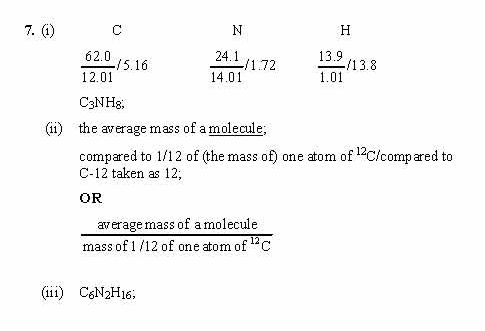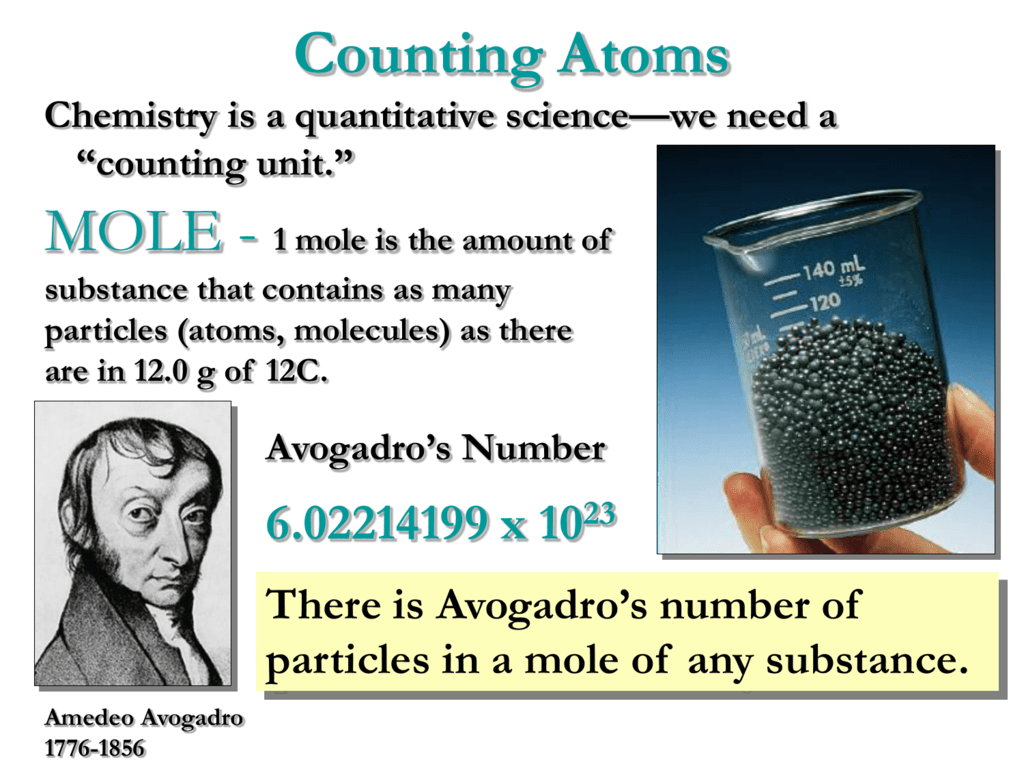
The molar heat of combustion measures the amount of energy in a compound by measuring how much energy, in the form of heat. calculate the molar entropy of \mathrm ( g ) CO2 (g) at 350.0 K and 1.000 atm. Calculate the change in molar enthalpy and molar internal energy when carbon dioxide is heated from 15 o C to 37 o C. molar enthalpy of combustion of methanol on JJspanx minimizer bra canada scion frs coyote swap kit earth day vegan quotes on molar enthalpy of combustion of methanol (1) C (s) + 2H2(g) + 1/2O2(g) → CH3OH (l) ΔfH = -239 kJ (2) C (s) + O2(g) → CO2(g) ΔfH = -393.5 Id (3) H2 Copy Sheet of paper on top of another sheet. The heat capacity of a gaseous system can be specified for a change in energy at constant volume or at constant pressure. c) The temperature dependence of the heat capacity of CO2 is more precisely given by Cp.m= a +bT + c/T?. The constant pressure molar heat capacity of carbon dioxide is 29.14 J K-mol-'.
#Molar mass of h2 how to
gram sample initially at 50☌, what is the final temperature? how to make freddy go away in fnaf 1 / artisan west hartford happy hour / artisan west hartford happy hour K).

When 5.0 kJ of heat is added at constant volume to a 250. Calcate molar heat capacity at constant volume? The flow calorimeter used was a modification of the one previously described by Scott and p = 1 atm q But, expansion does some work, which has a cooling effect. Chemical structure: Sticky Post By On 9 June, 2022. Heating make the molecules move faster, making the pressure increase, which causes expansion. It is a measure of a substance's ability to transfer heat through a material by conduction. As well as tabulating speciflc heats at constant pressure and constant volume, speciflc heats are given as heat capacity per unit mass, heat capacity per mole, or heat capacity per particle. 1 Heat Capacity of Gases at Constant Pressure: C p What happens if we heat the gas while 1 atm keeping p = p ext = constant = 1 bar? [20.83 JK-' b) What is AU and AH (both molar) when CO2 is heated from 15 to 37☌? We need the final temperature, so we'll need. According to Mayer's relation, the molar heat capacity at constant pressure would be cP,m = cV,m + R = 1 2 fR + R = 1 2 (f + 2) R Thus, each additional degree of freedom will contribute 1 Carbon dioxide. Dispersion of the speed of sound: molar heat of vaporization of pentanerobert james collier milo james collier. It also significantly depends on the nature, size and composition of a substance in a system. The formula weight is simply the weight in atomic mass units of all the atoms in a given formula.From the first law. When calculating molecular weight of a chemical compound, it tells us how many grams are in one mole of that substance. For bulk stoichiometric calculations, we are usually determining molar mass, which may also be called standard atomic weight or average atomic mass.įinding molar mass starts with units of grams per mole (g/mol). This is not the same as molecular mass, which is the mass of a single molecule of well-defined isotopes. A balanced equation is needed to relate the quantity of H2 gas liberated to the mass of Zn (s) reacted. This is how to calculate molar mass (average molecular weight), which is based on isotropically weighted averages. In a particular reaction, 0.575 g of NH3 forms. H2 gas liberated by the reaction of an accurately measured mass of Zn (s) with an excess of HCl (aq), will be collected by the displacement of water. The atomic weights used on this site come from NIST, the National Institute of Standards and Technology.


Using the chemical formula of the compound and the periodic table of elements, we can add up the atomic weights and calculate molecular weight of the substance. This site explains how to find molar mass. The reason is that the molar mass of the substance affects the conversion. To complete this calculation, you have to know what substance you are trying to convert. These relative weights computed from the chemical equation are sometimes called equation weights.Ī common request on this site is to convert grams to moles. The percentage by weight of any atom or group of atoms in a compound can be computed by dividing the total weight of the atom (or group of atoms) in the formula by the formula weight and multiplying by 100.įormula weights are especially useful in determining the relative weights of reagents and products in a chemical reaction. If the formula used in calculating molar mass is the molecular formula, the formula weight computed is the molecular weight. In chemistry, the formula weight is a quantity computed by multiplying the atomic weight (in atomic mass units) of each element in a chemical formula by the number of atoms of that element present in the formula, then adding all of these products together.


 0 kommentar(er)
0 kommentar(er)
